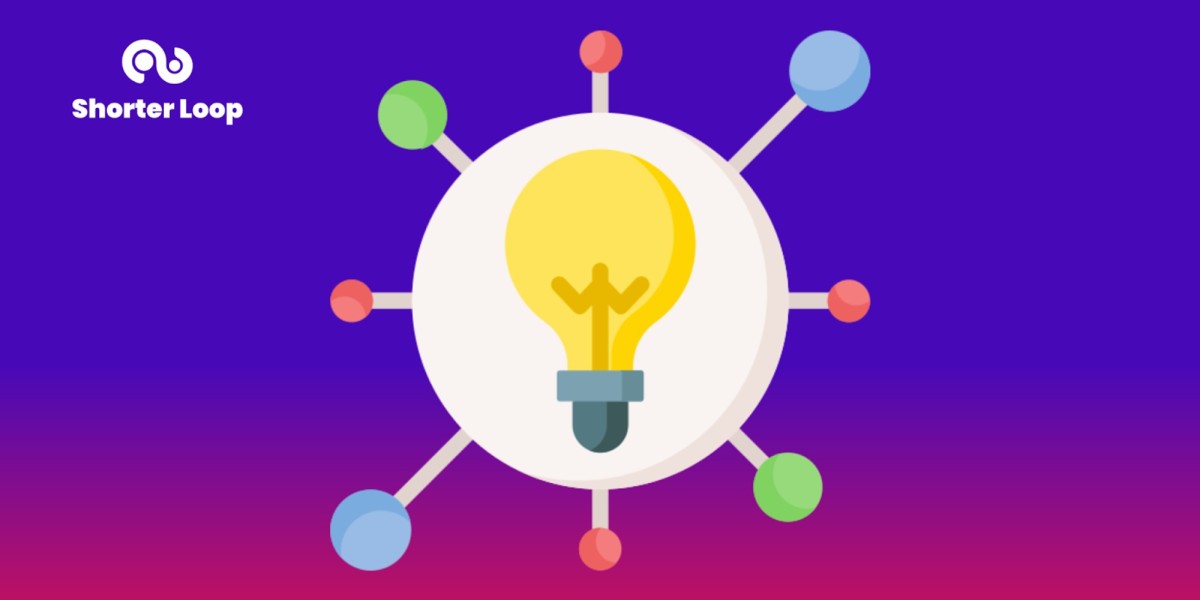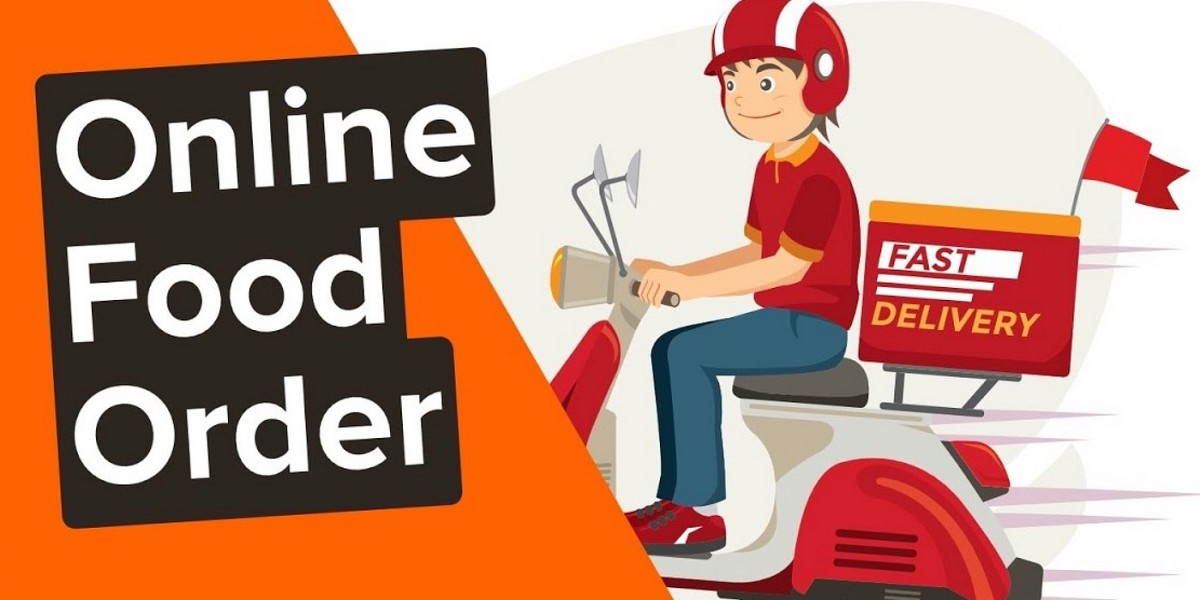Demystifying Product Discovery: The Key To Building Products Users Love
Ever stopped to think about what defines thriving product advent? It does not have fancy features or a contemporary era. The mystery lies in a method called product discovery. This technique is the foundation for building products users love. It's the detective work that finds the hidden goals and frustrations of your audience, guiding you toward solutions that count number.
What is Product Discovery?
Product discovery is a technique that product managers use to discover the right product to construct next. It's all about attaining deep expertise of your goal customers' wishes and the usage of that mastering to validate your product roadmap. By following a product discovery manner, product managers can effectively find solutions to critical questions.
Why is Product Discovery Important?
- Enhanced Agility: Continuously adapt your product roadmap primarily based on user comments.
- Increased User Satisfaction: Build merchandise that virtually resolves consumer problems and provides price.
- Reduced Risk of Failure: Validate your product ideas earlier than a full-size investment is made.
- Improved Resource Allocation: Focus your group's electricity on the capabilities and functionalities users need.
The Product Discovery Process: Your Roadmap to Success
The product discovery method is the foundation for building products that human beings love and organizations thrive on. It's an iterative cycle that enables you to keep away from building matters nobody wishes for by ensuring you truly understand the trouble you're solving. Here's a breakdown of every key degree:
- Understand Your Business Goals
What are you looking to achieve? Start by aligning with your organization's general strategy. Are you aiming to boost revenue, improve consumer retention, or enter a new market? Understanding those dreams will guide your product discovery method.
What pain points are you addressing? Talk to clients, conduct market studies, and analyze trends to become aware of the core troubles your product will fix.
- Research and Gather Insights
Who are you building for? Develop a clear picture of your target market. What are their demographics, behaviors, and ache factors? Conduct user interviews, surveys, and value testing to acquire actual-world facts.
How are you able to remedy the recognized hassle? This is your threat to get innovative! Encourage collaborative surroundings wherein your group can generate a wide range of thoughts.
No single idea is ideal. The quality answers often come from multiple iterations. Take your brainstormed thoughts and refine them primarily based on the studies and remarks you've gathered.
Create prototypes which can be anything from sketches to simple mockups to visualize your thoughts and get consumer remarks early and regularly.
Product Discovery Best Practices
- Tailor it on your group and organization: There's no one-size-fits-all approach. Consider your team's strengths, organization tradition, and sources whilst crafting your system.
- Focus on fine insights: Conduct designed assessments with clear visions in place of speeding via a group of uninformative ones.
- Prioritize consumer wishes: People aren't just typing key phrases. Understand their goals and frustrations to design a product that without a doubt enables them to obtain what they want.
- Embrace consumer interviews: Direct conversations with your target audience are precious for uncovering hidden needs and ache factors.
- Think small with prototypes: Start with low-fidelity prototypes to get early feedback and keep away from wasting time building out overly complicated capabilities.
- Collaborate throughout capabilities: Get insights from different teams (marketing, sales, engineering).
- Present solutions strategically: Frame your solutions in a manner that resonates with the person's wishes and enterprise desires.
- Focus on gaining knowledge: The product discovery process is a non-stop knowledge generation procedure. Embrace failures as opportunities to examine and enhance your product.
Common Pitfalls to Avoid in the Product Discovery Process
Here are a few pitfalls to look at during the product discovery process:
- Confirmation bias: We all generally tend to try to find information that confirms our current ideals. Be conscious of this when engaging in research. Don't just search for evidence that validates your thoughts; actively are seeking for out comments that challenge them.
- Neglecting persona studies: Skipping consumer studies is a recipe for disaster. You cannot genuinely recognize the trouble you are solving without speaking to the people for whom you're building the product management journey.
- Leaving validation too late: Continuously test and validate your thoughts at some point of the technique to keep away from investing time and assets into capabilities no one wants.
- Lack of clear vision: While the method is iterative, have a guiding vision for your product. This enables preserve your team-centered and ensures your research is aligned with a specific course.
Shorter Loop: Empowering Your Product Discovery Journey
Shorter Loop is a powerful platform within the product discovery landscape, designed to empower your crew and propel your product toward fulfillment.
Here's why Shorter Loop can be a valuable asset:
- Streamlined Workflow: Shorter Loop offers a centralized platform that seamlessly together with your present workflow. This means no extra jumping among distinct tools for person research, feedback management, and prototyping.
- AI-Powered Insights: Leverage the energy of AI to uncover hidden styles in user facts, supporting you to gain a deeper knowledge of your target audience and their needs.
- Collaboration Made Easy: Foster seamless collaboration within your product group. Shorter Loop facilitates conversation and knowledge sharing, ensuring every person is on the same page during the invention system.
- Agile and Adaptable: The platform is designed with agility in thoughts. Easily iterate on your thoughts, take a look at prototypes with users, and refine your product imaginative and prescient based on real-time remarks.
Shorter Loop provides a comprehensive approach, equipping you with the assets and frameworks to make informed product selections.
Our platform includes:
- Pre-built Templates: Get started quickly with a library of user studies templates, customer journey mapping gear, and product backlog prioritization frameworks.
- Educational Resources: Our website provides a wealth of educational assets on product discovery and high-quality practices, supporting you master the procedure and unencumbering its full ability.
Ready to take your product discovery to the next level? Shorter Loop offers a trial version, permitting you to enjoy the platform firsthand and see how it can rework your product development journey.
FAQ
1. What are some equipment and strategies utilized in the product discovery journey?
There are many tools and techniques utilized in product discovery, inclusive of:
- User interviews
- User surveys
- Customer journey mapping
- Opportunity answer timber
- A/B trying out
2. How can I overcome challenges in product discovery?
- Focus on the most critical person desires and functionalities first.
- Utilize low-fee prototyping equipment.
- Begin with a Minimum Viable Product (MVP) and acquire user comments early and frequently.
3. How does product discovery differ for B2B and B2C business lines?
- B2B: Needs a deeper expertise of the decision-making process inside companies. User studies need to involve more than one stakeholder and decision-makers.
- B2C: User research might focus more on individual consumer desires and pain factors.
4. How can product discovery be implemented to present merchandise?
It's now not just for new merchandise! Regularly revisit user needs and behavior consumer studies to become aware of regions for development in present products. Analyze user conduct records to recognize how users engage with the product and pick out ache factors.








